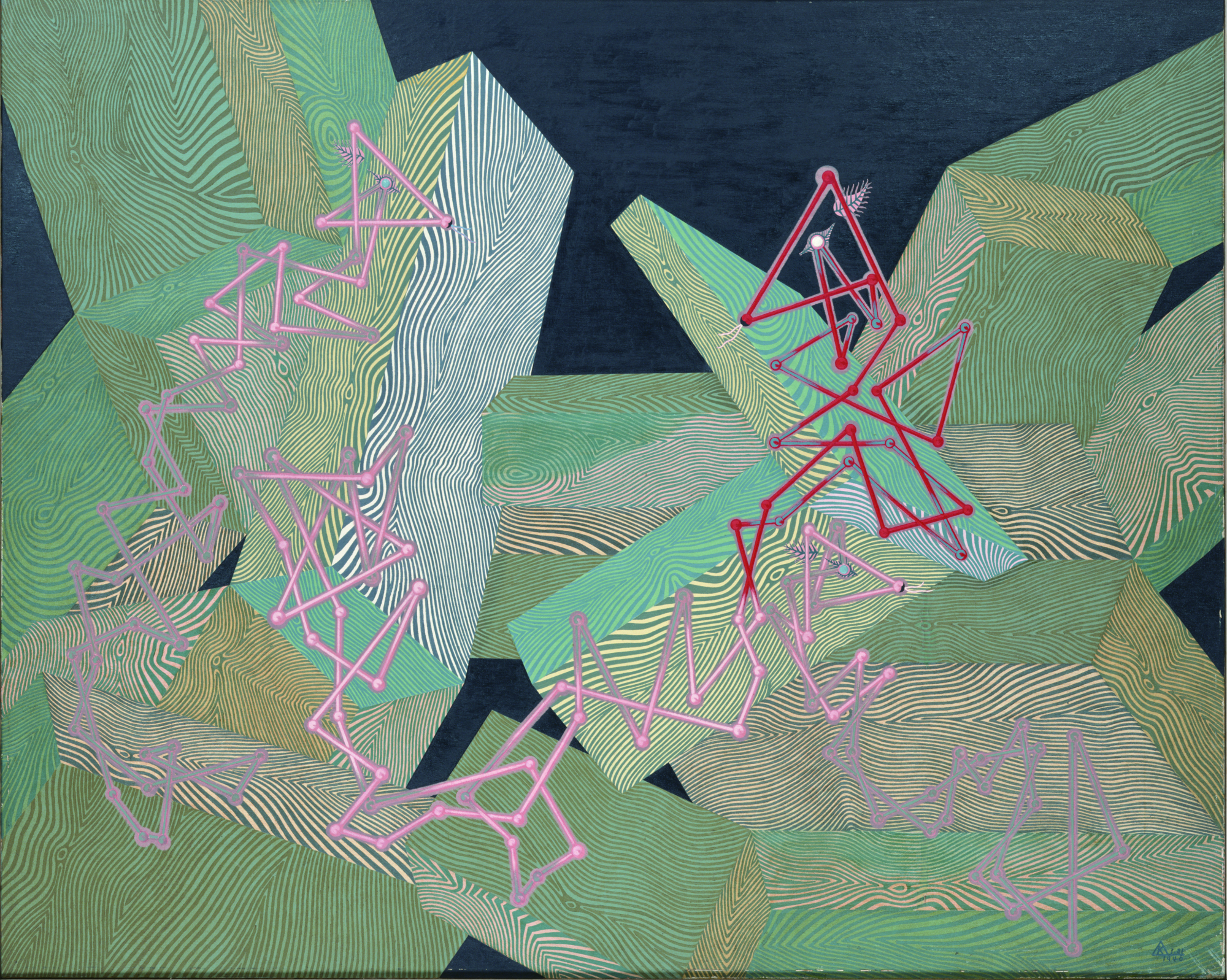Surrealist painting began in Japan when the Nika-kai (Second Society Association), a secessionist art forum that focused on Western-style painting, exhibited such works by Harue Koga and Seiji Togo in 1929. It was bolstered in 1931, when Ichiro Fukuzawa returned to Japan from France to show his surrealist paintings inspired by Giorgio de Chirico and Max Ernst.
Initially Tokyo-centric, surrealism spawned in Kyoto, with the artists Gentaro Komaki (1906-89) and Noboru Kitawaki (1901-51) at its center. The former is the subject of a small-scale retrospective now showing at The Museum of Kyoto.
Komaki was the son of a Kyoto Prefecture silk crepe wholesaler. Ravenously consuming literature and philosophy while living decadently in his youth, he chose to pursue painting after viewing new art from Paris that was being shown in Kyoto in 1933. The Western surrealists Max Ernst (1891-1976) and Yves Tanguy (1900-55 ) enthralled him. As did the locally produced East-West fusion oil paintings by Kunitaro Suda (1861-1939), whom Komaki sought as a teacher at the Kyoto Institute of Independent Art from 1935. Thus Komaki's painting vocation began at age 29.



